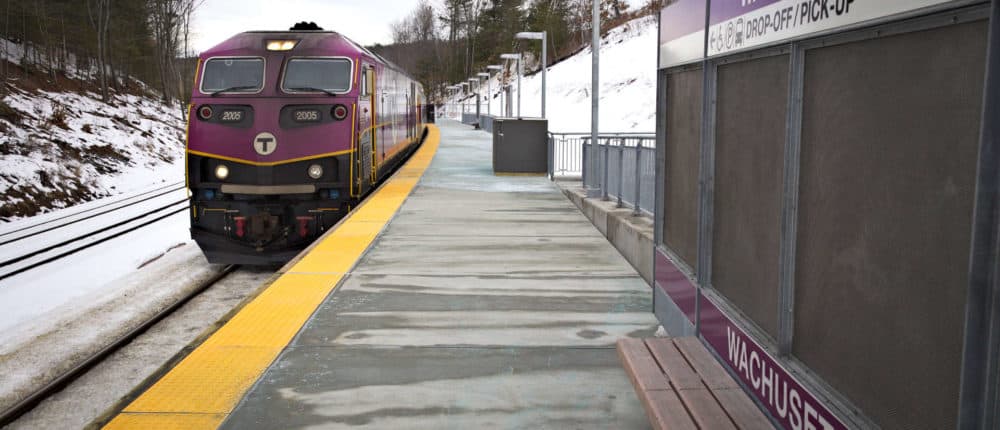whighlander
Senior Member
- Joined
- Aug 14, 2006
- Messages
- 7,812
- Reaction score
- 647
All -- a lot of what you are talking about is a temporary situation as personal communications technology is making a revolutionary transition to a highly dynamic network.Providence is probably going to eventually glom off of Amtrak's high-bandwidth WiFi it's installing up and down the NEC. The catenary towers make a naturally great amplifier for focusing the signal, so they're able to draw out their signal strength linearly within the trackbed instead of wasting it in an all-around radius. The system they're using is specialized like that for narrow-but-linear transmission range.
The other lines...yes, something way better is needed. Although a justifiable reason for persisting this long on the take-it-or-leave-it gratis service is that the tower installations needed for broadcasting decent onboard WiFi of their own wouldn't come until Positive Train Control installation was substantially complete across the system. Now they've got those new towers erected for the PTC signals' radio spectrum and all those new telephone poles to carry the fiber cable to the towers. Once they're safely past the PTC deadline they've got a ready-made solution for mounting the WiFi transmitters that would form the basis of much more robust network than they've had to-date.
As 5G is deployed in the next few years -- the different technologies, different frequencies, etc. used by different devices -- will disappear into the background [at least in the urban / suburban areas] -- [not talking about rural Montana or most of Alaska]. Your personal device [smart phone, tablet, watch, etc.] will:
- Negotiate with the available network infrastructure for service
- Connect you with enormous instantaneous bandwidth do the task required
- Provide the access to up / down load / talk / transmit live video, etc. -- using a very short intense burst of connectivity
- Disconnect from you and go into a mode waiting for the next customer.
- which could be you if you are chatting and sharing video with someone
You will never know how the connection was made to what part of the infrastructure and you wont care.
The relevant technical terms are: low latency, wide instantaneous bandwidth, polarization, angular, code and frequency diversity and multiplexing



